The backs of the gloves are open to keep them cool, light, and less restrictive. The silicone applied to the palm provides a good grip on an oar handle, even if it is wet.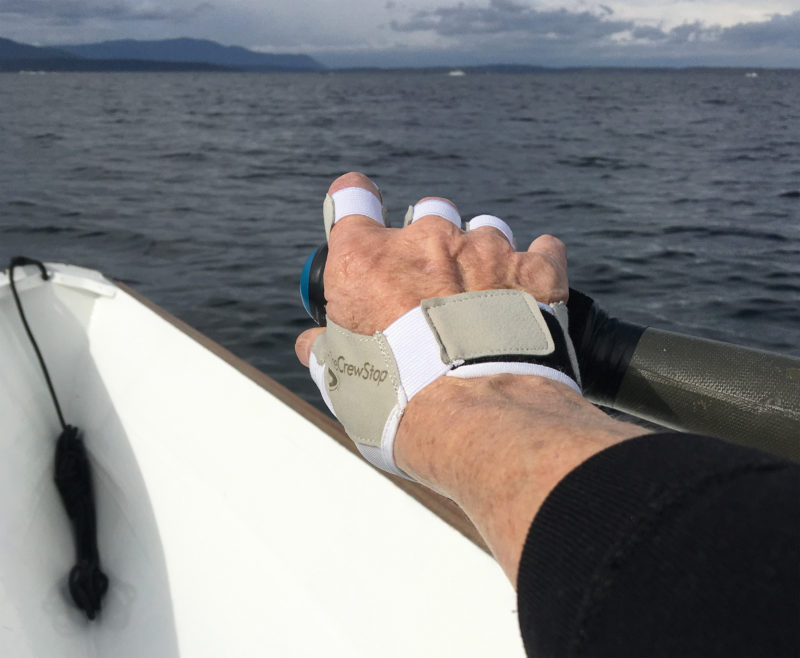 Dale McKinnon
Dale McKinnon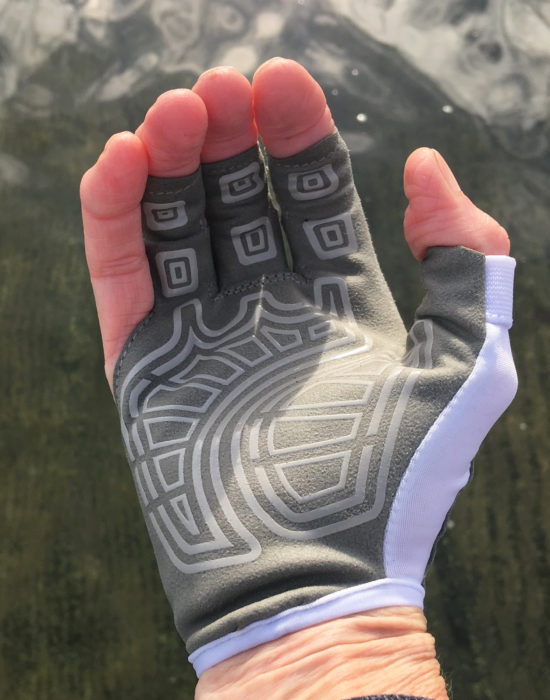 Dale McKinnon
Dale McKinnon
Join The Conversation
We welcome your comments about this article. If you’d like to include a photo or a video with your comment, please email the file or link.
Comments (2)
Comments are closed.
Stay On Course

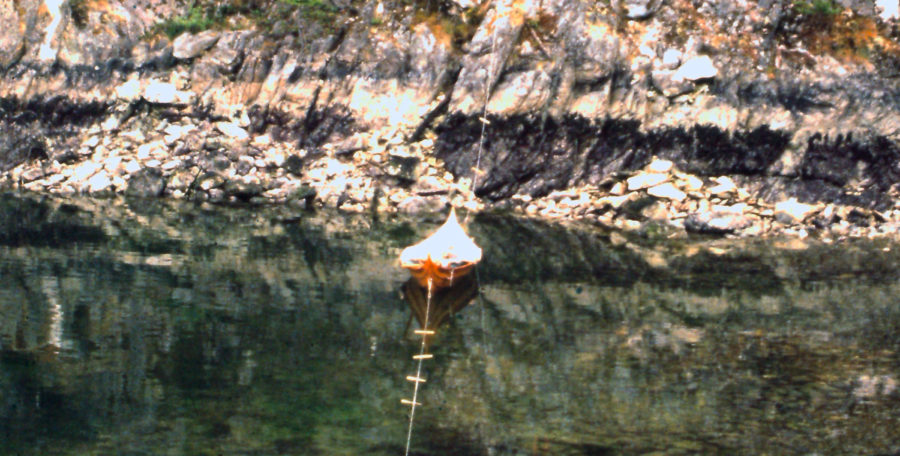
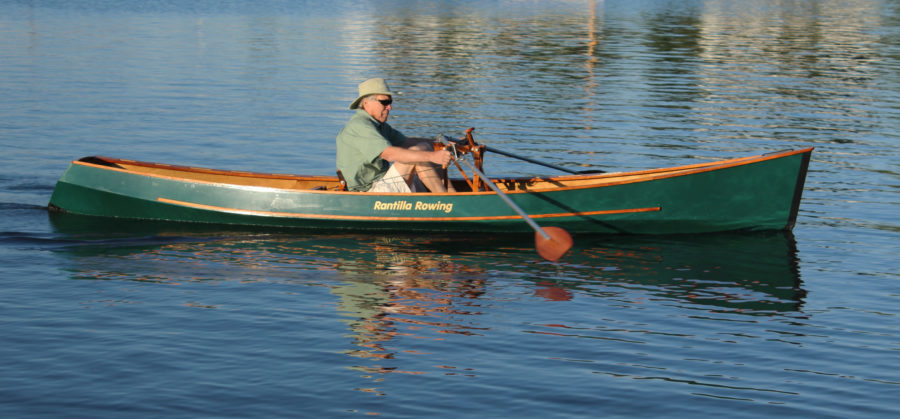
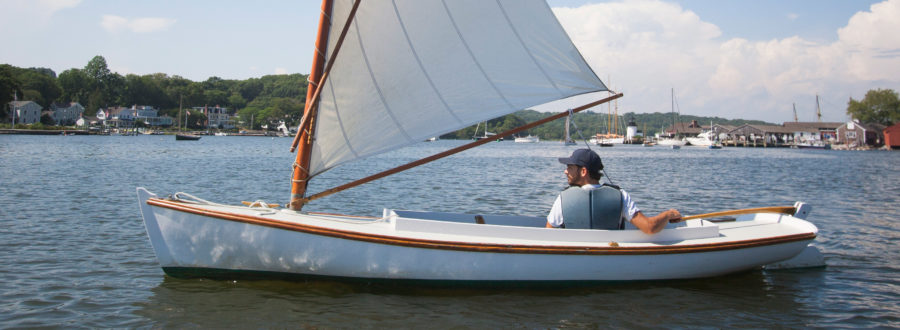
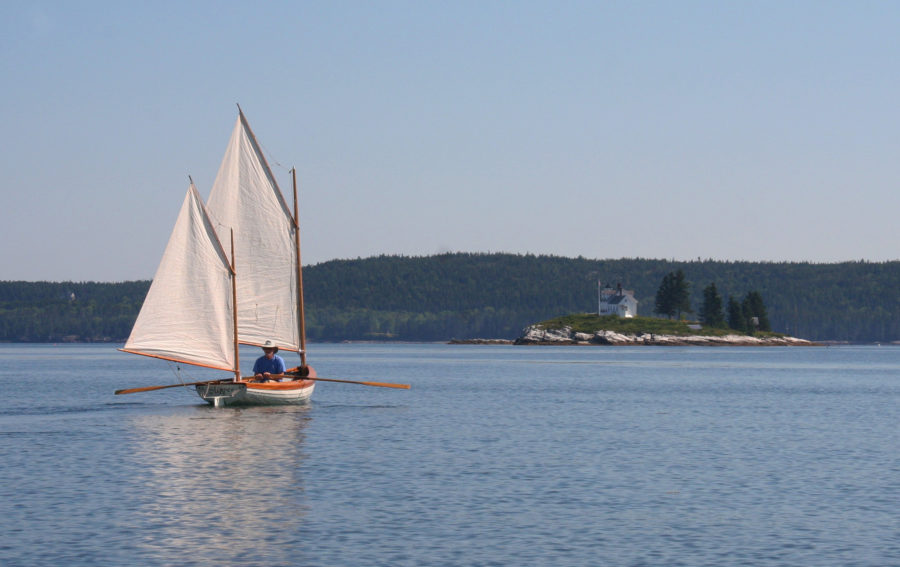
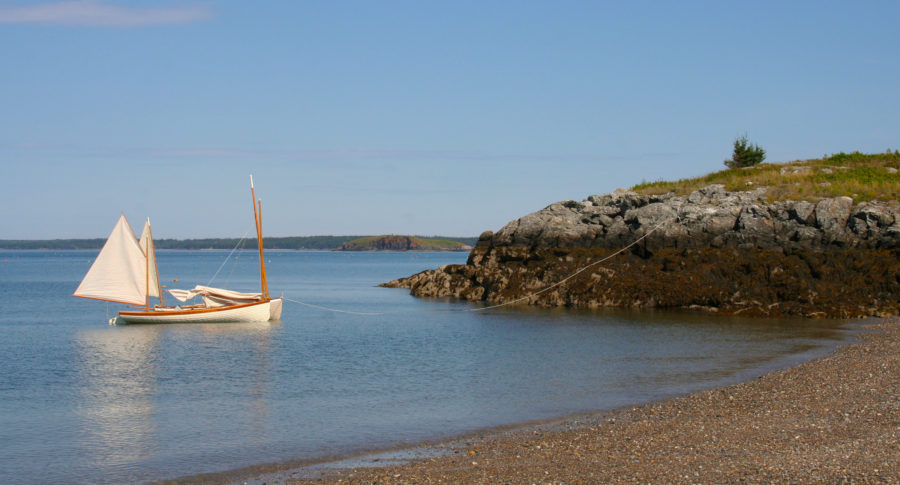
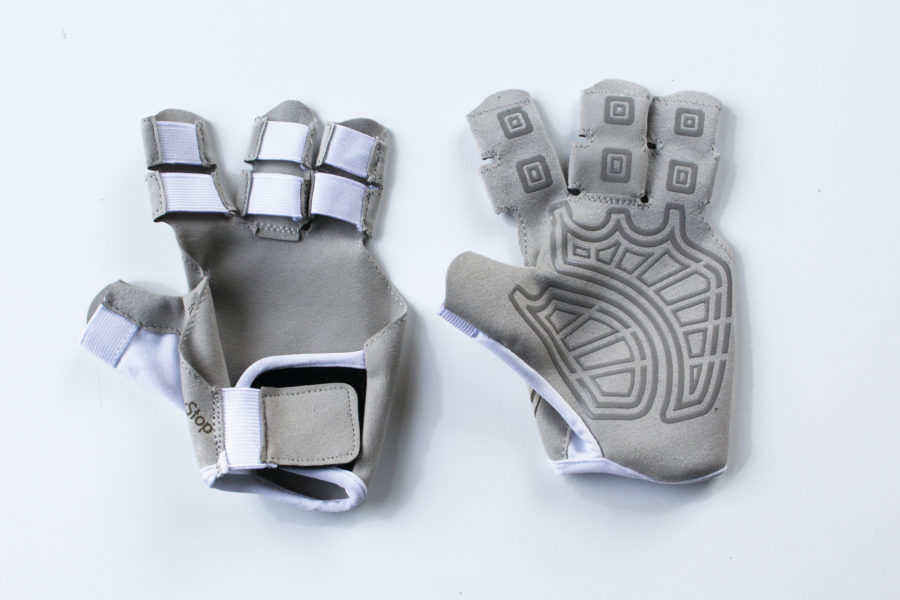
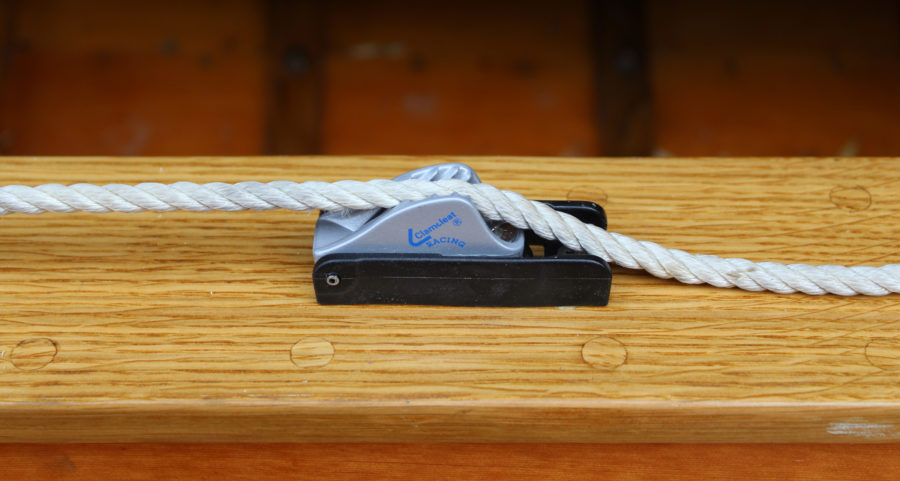
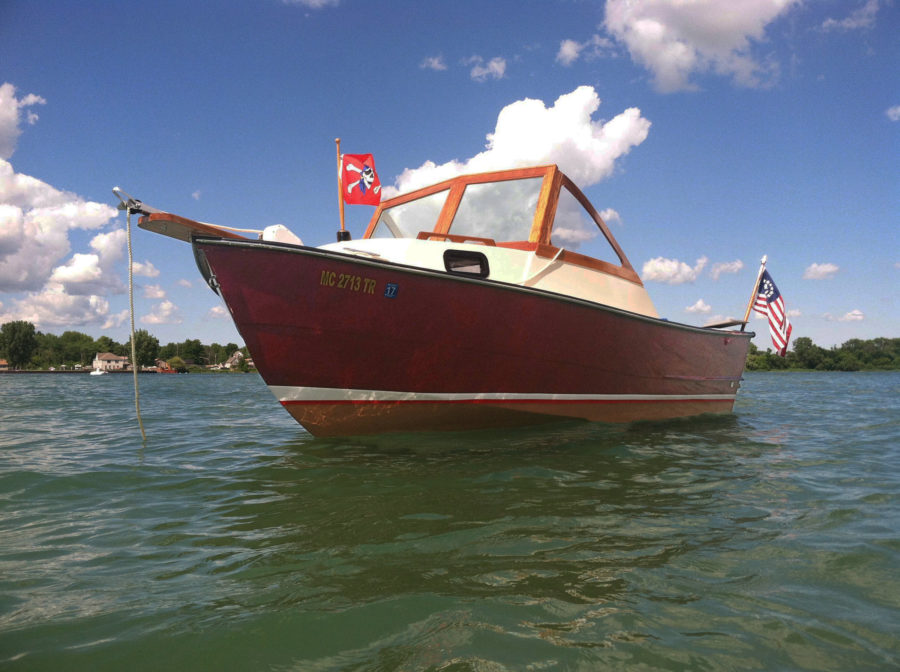
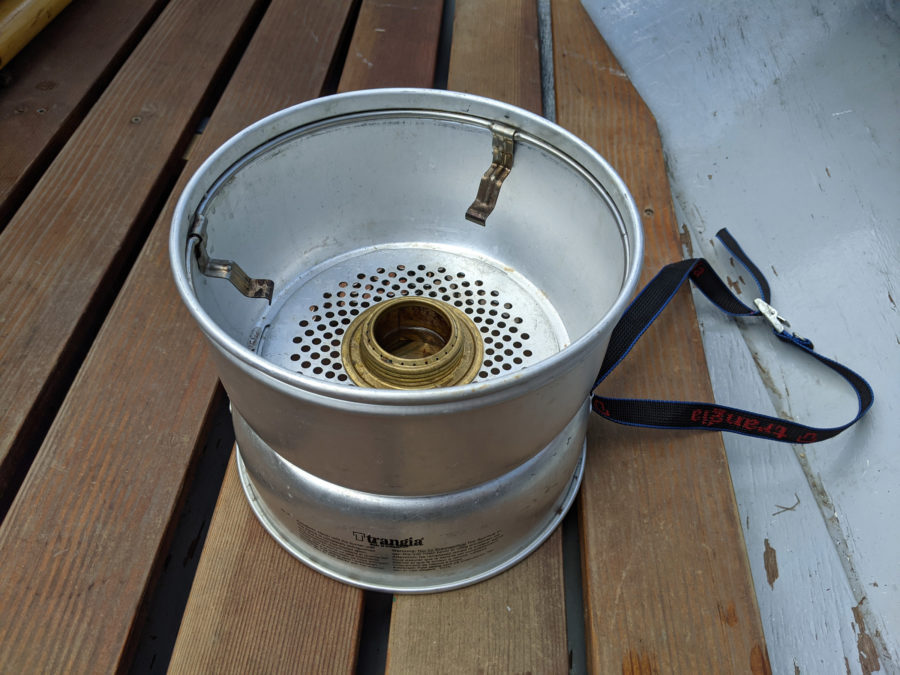
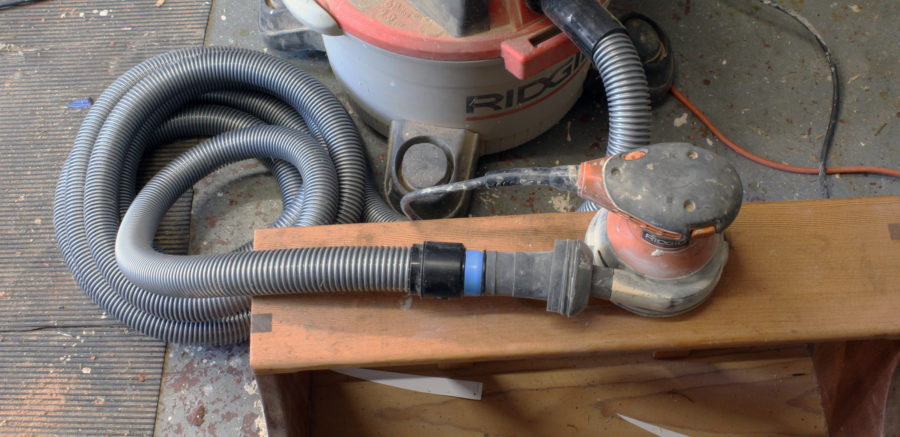
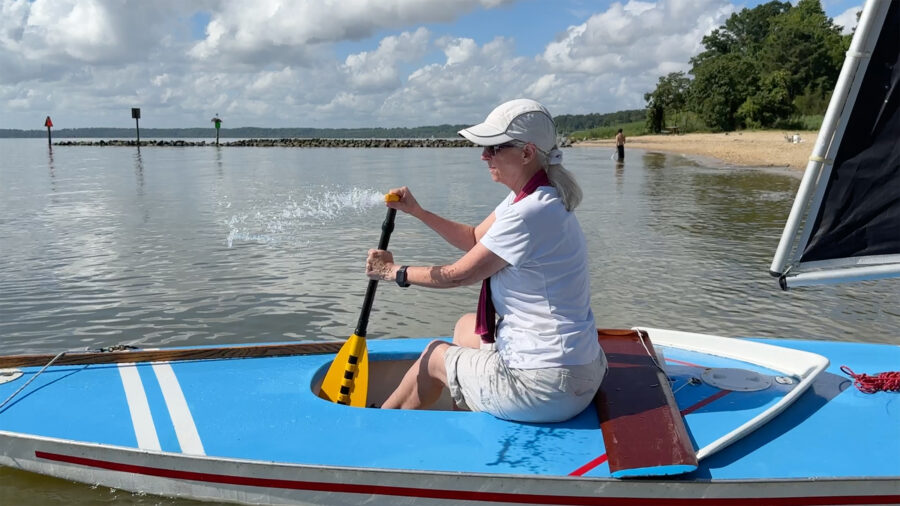
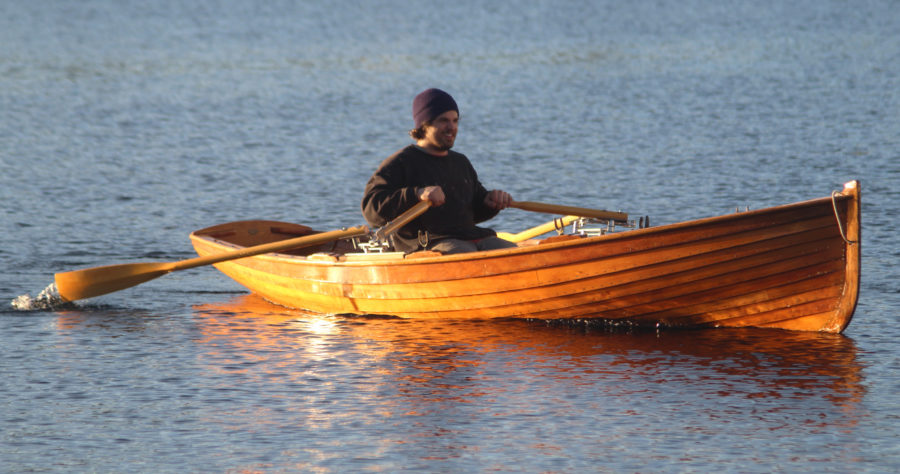
They look like they would also work for paddlers, especially canoeists.
Since an injury kept me off the boat for a few months, I needed gloves and bought a pair of these. The main problem is the seams at the thumb—they rub and bunch here the way short-finger bike gloves do. A bit fiddly to put on and off also. Long-finger bike gloves have worked better for me, and also keep sun off.